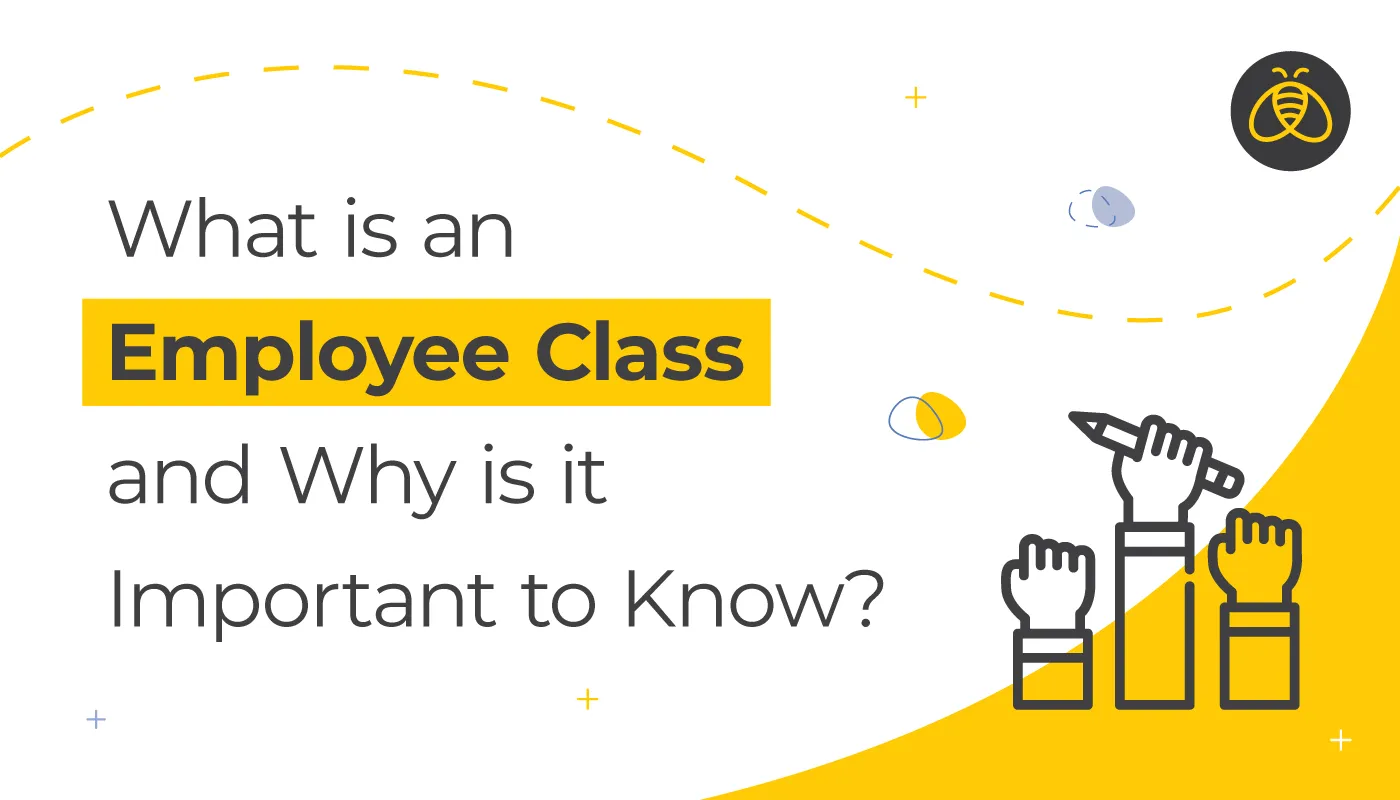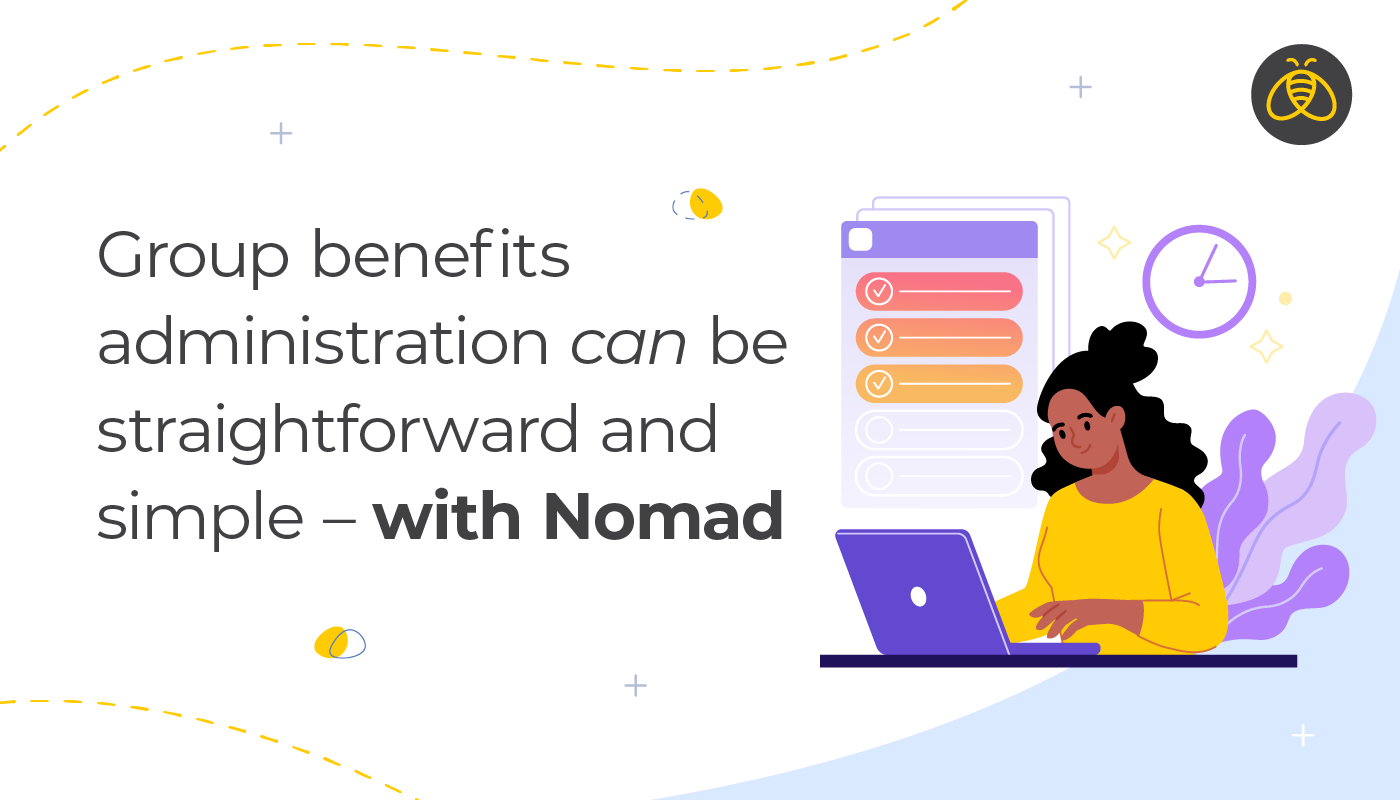What is an Employee Class and Why is it Important to Know?
By: Benefits by Design | Tuesday August 30, 2022
Updated : Tuesday November 7, 2023
An employee class is the distinction between types of employees, and can be very important in relation to an employee benefits plan. With varying degrees of education, roles, experience, and salaries, it often makes sense to group common types of employees together.
Employee Benefits Philosophy for a Multigenerational Workforce
What is an Employee Class?
An employee class is a category of employees which is used to group employees based on job-related criteria, such as job titles or departments, pay scale, or branch in corporate hierarchy. When it comes to benefits, they may also be used to offer different coverage.
For example, a business might wish to provide their tradesman working in a dangerous profession additional Life, Accidental Death & Dismemberment (AD&D), or Disability Insurance, due to the dangerous nature of their job. However, that over-and-above coverage may be deemed less necessary for office workers in the same company, as their jobs are very different.
Creating employee classes isn’t necessary for all businesses or benefits plans, but it can be helpful, particularly in larger organizations with many different roles and job functions.
What Are the Different Employee Classes?
There are many ways in which employees can be divided up into classes. Here are some of the most common employee classes that we see:
- Salaried
- Full Time Hourly
- Part Time
- Executives/Management
- Regular Employees
- Employees who have worked a specific number of months or years
- Union Employees
- Non-Union Employees
- Seasonal Employees
- Contract Employees
- Independent Contractors
- Employees on a Work Visa
- Retirees
- Volunteers
Please see the Government of Canada website for more information on standard hours, overtime hours, and maximum hours per week.
It is important to note that some employees may fall under more than one of these categories. Companies should structure their employee classes depending on the type of employees they currently have and the reason they are classifying them as such.
For example, if you run a resort and hire seasonal employees as well as year-round employees, you might set up your employee classes as follows:
- Executives and Managers
- Full Time Regular Employees
- Part Time Regular Employees
- Seasonal Employees
Eligibility and Coverage
Depending on the different class set-ups an employer has, employees may be eligible for different benefits, and maybe even at different times.
Can Eligibility and Coverage Be Different for Each Class?
The short answer is yes. This is one of the reasons for separating employees into different groups. An employer can decide they would like different waiting periods for each employee class. This could mean regular full-time employees might have to wait 3 months, while seasonal employees who only work for 5-6 months a year might have no waiting period.
Entirely different benefits packages can be implemented for each employee class. Executives and Managers can have a more robust benefits plan than regular employees. Sometimes it is the other way around, though. For example, a construction company might have better Short and Long Term Disability Coverage for their on-site employees than they do for their executive suite. This is because the risk of injury and therefore disability is much higher for those employees working on-site.
Can Eligibility and Coverage Be the Same For Each Class?
On the flipside, if an employer wishes to provide the same group benefits to all their employees, regardless of their classification, they may do so at their discretion. There is no rule that says you have to separate employees into different groups.
7 Factors that affect group insurance eligibility and coverage
Important Considerations
As always, there are certain details that should be addressed on an ongoing basis to ensure the proper administration of a benefits plan.
Arm’s Length Employees
These should be classified for benefits according to their station or role at the company. Employers are not allowed to put all their family members into a separate class and exclusively offer them benefits. Nor can they provide different benefits to family members than they give to employees in the same role.
Employees on a Work Visa
Most Long-Term Disability insurers will not provide coverage for employees on a work visa of less than two years. This is due to the elimination period that must be satisfied in order to receive the benefit. Always advise your insurance company or Third Party Administrator if any employees are working under a permit. They will ensure that a separate class is set up to accommodate this.
Union vs. Non-Union
When you add a Collective Bargaining Agreement (CBA) variable to your employee benefits the complexity rises further. Employers should always separate employee classes by this trait, to ensure that they are able to follow the CBA rules. Classes can be broken down even more. For example, you could structure the classes as follows:
- Full-Time Union Employees
- Part-Time Union Employees
- Full-Time Non-Union Employees
- Part-Time Non-Union Employees
- Executives and Managers Non-Union.
Changes In Eligibility
Employees change and grow, learn new skills, and this is often accompanied by a role change. Therefore, it is important to ensure that you confirm the employee is still in the correct employee class for benefits when these changes occur. A promotion, a change in salary or job title, or even the length of time an employee has served can all be an indication that they may be eligible for a switch.
With all of this in mind, it’s clear that setting up employee classes can help organizations to implement, track and improve their benefits plans. The more clarity and separation, the easier it is to ensure that employees are getting the benefits they want and need at the time they are eligible.

